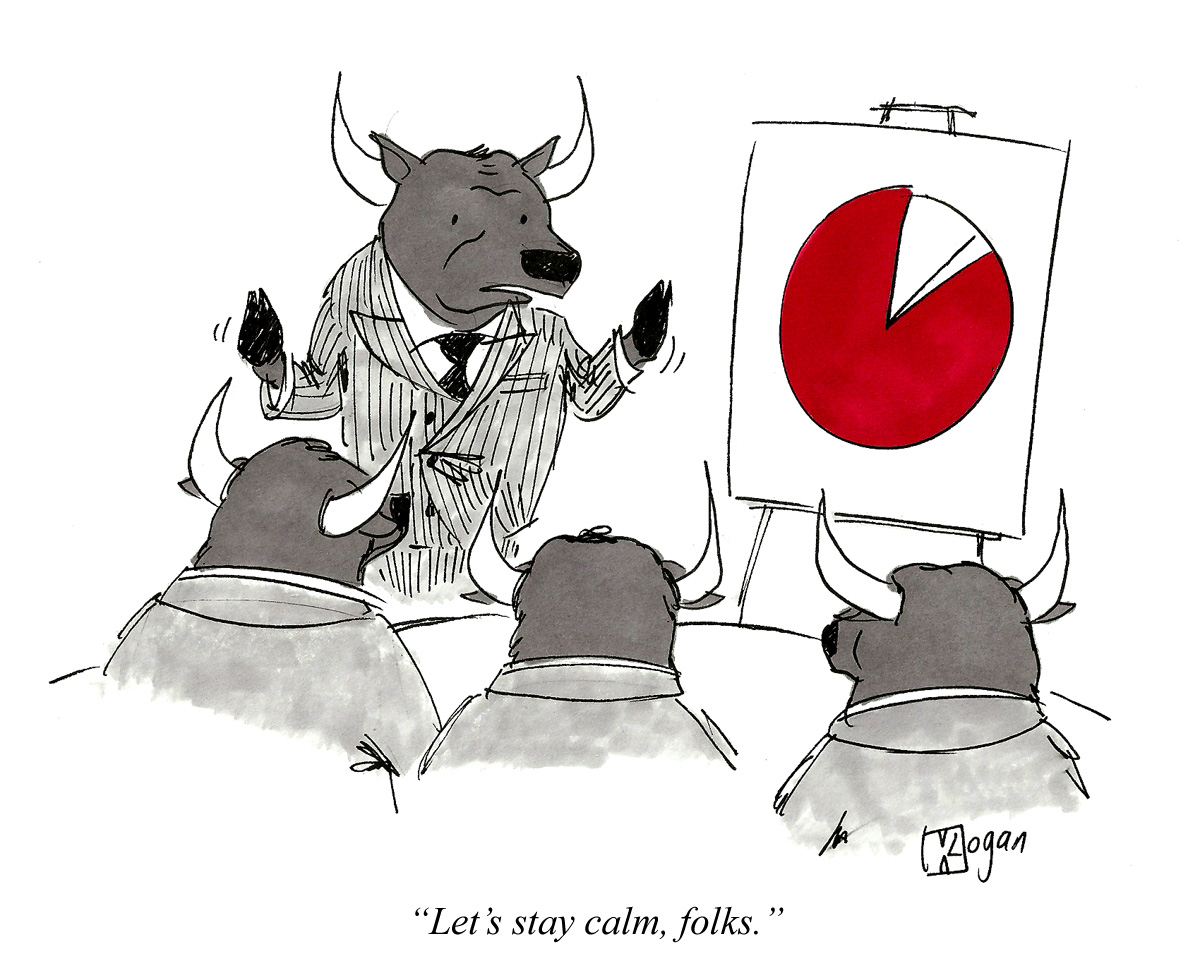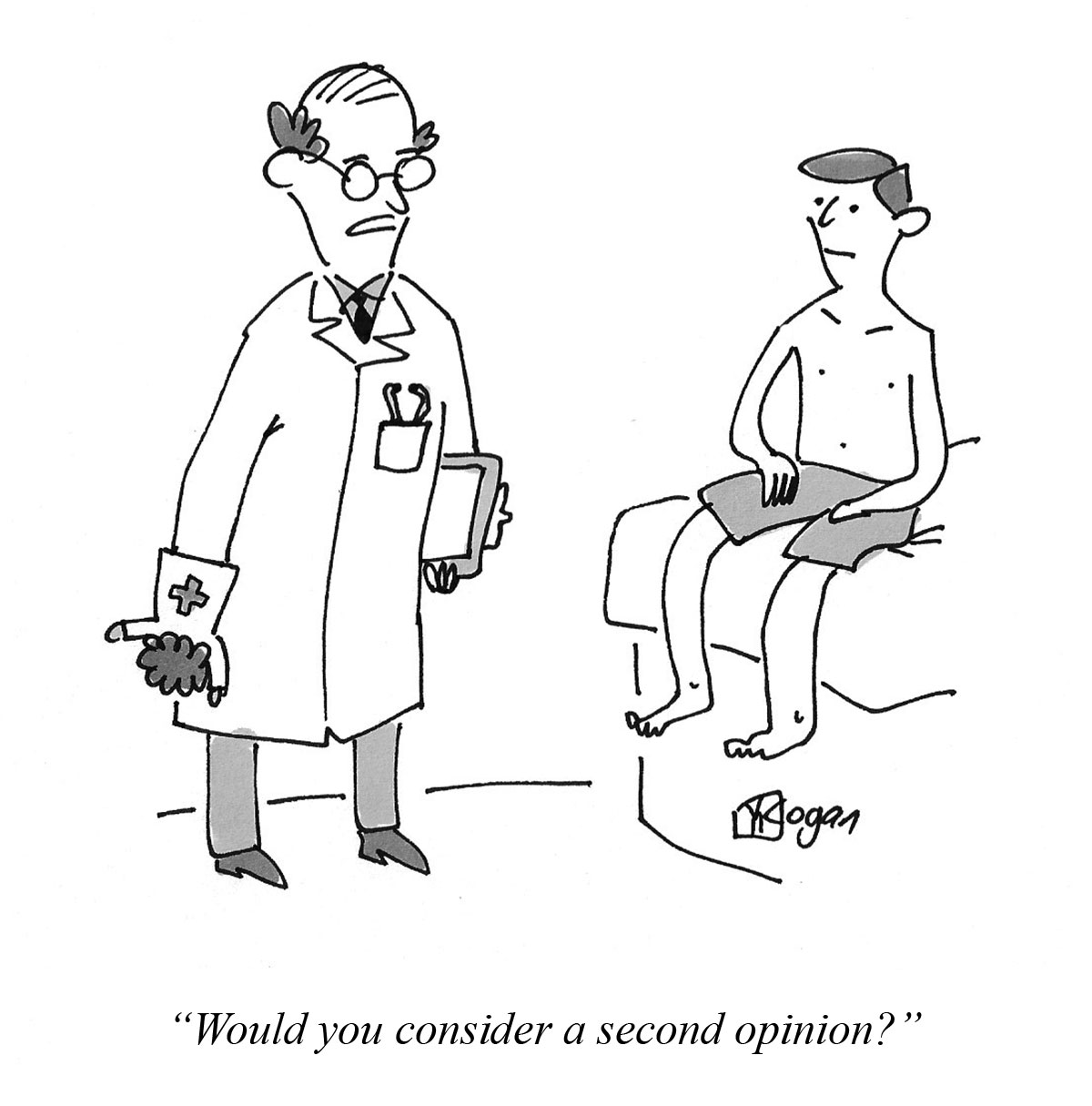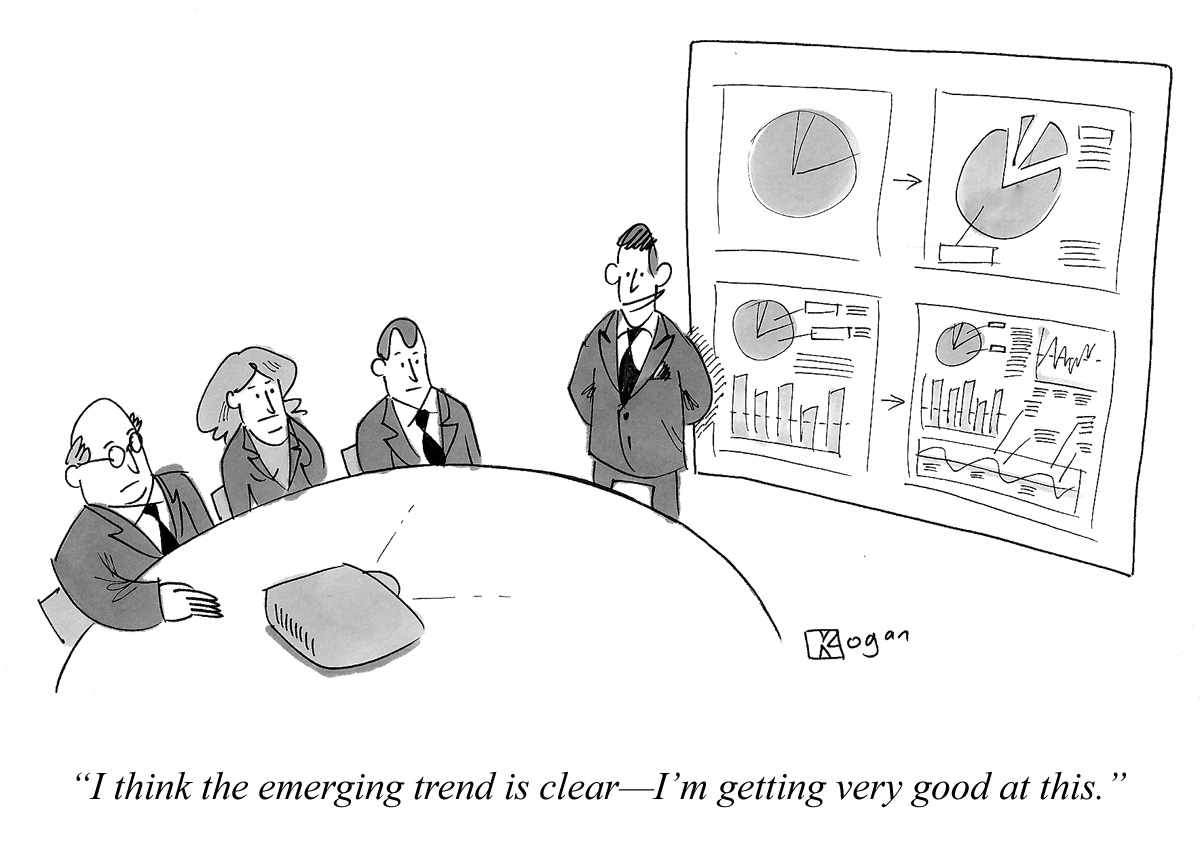Why Ad Campaigns Fail

This is a culmination of my thoughts on the issue of wasting money on online advertising, spurred by an article on the uselessness of traffic from Google AdWords and Facebook Ads.
In the article, the author concludes that “Google [AdWords] and Facebook [Ads] traffic is 90% useless,” because:
- Every 9 of 10 visitors from ads barely interacted with their site after clicking through.
- The clickthrough and conversion rates of visitors from ads were "very, very, very different" from other sources; up to 90% worse.
The article sparked a conversation on Hacker News, where hundreds of commenters either accused the author of intellectually lazy generalization or supported the conclusion with their own anecdotal evidence.
So, which is it?
Although it’s easy to dismiss the article as clickbait and anecdotal, the answer is important. If you don’t believe the author’s conclusion, then you run the risk of wasting money on ad platforms that don’t return any value. If you do believe the author’s conclusion, you run the risk of missing out on a good source of customers and revenue that is scalable, predictable, and fast.
The answer is:
D) Insufficient information is given to answer the question.

First, let’s get the false dilemma out of the way: Ad platforms neither always work nor always not work. Ad platforms will provide varying degrees of value for different companies, teams, seasons, products, markets, etc. The key question is whether you can get that value to be greater than the cost of the ad platform and campaign.
Since the value equation takes so many factors into consideration—customer lifetime value, other available options, business objectives (may not always be revenue), etc—it’s equally nonsensical to make absolute statements about ad platforms as it is to follow them.
Now, what if the person telling you an ad platform doesn’t work does have experience in your exact market, or you already tried running campaigns and they failed?
Imagine you download a new database, load up some dummy data into it, and try a few queries. If the database performs poorly, you’d want to know why before claiming it’s a bad database (let alone declaring so in absolute terms). Is it really a bad database or is the poor performance due to an error? Whose fault is the error? How easy is it to fix?
Understanding the “why” will help you make an informed decision about ad platforms (or databases, for that matter) and minimize your risk of either losing money or potential customers.
Rather than speculate about what’s going on behind the scenes with the author’s campaign, I will explain the types of errors that can cause an ad campaign to perform badly so you can better answer the question “why.”
How Ad Campaigns Can Fail
Once you understand why the ad campaign (or database) is not working and what it would take to fix it, you can decide whether it’s worth fixing it or moving on to something else. Making the decision any earlier than that is also fine if you don’t have the time or resources to investigate further, but you’d have no basis to declare the ad platform is not effective.
Similarly, if someone claims an ad platform is not effective, ask them if they know why. If all they can show are metrics and no evidence of trouble-shooting, then don’t make decisions based on their comments alone.

If you learn to spot the types of errors that lead to poor-performing ad campaigns and how to fix or avoid each one, then you can make an informed decision about continuing or discontinuing your ad campaigns with less risk of missing out. And, since ad campaigns can be very costly, you can save a lot of money by knowing how to avoid these errors in the first place.
The errors[1] that are most often responsible for poor ad campaign performance are:
- Know-better errors are like typos in a book: The author knows how to spell the word; they know better. These errors are unintentional, easy to fix, and are caused by an oversight or carelessness. Unfortunately, whereas typos in a book won't impact book sales, a know-better error can lead to a big waste of money if not caught quickly. They can be caught and fixed by someone with minimal experience (a "proofreader").
- Don't-know-better errors are committed intentionally, although those intentions are good. They are like boring plots or a confusing writing style in a book; the author doesn't know they're committing the error. These are more difficult to spot (a proofreader won't help, you need an "editor") and more time and effort to resolve.
- Platform errors are like mistakes made by the book publisher; they can be difficult to spot and impossible to fix on your own. There's not much you can do if an ad platform is fraught with fraudulent clicks or has poor audience filtering.
Let’s dive a bit deeper into each error type…
Know-Better Errors
Know-better errors happen when someone inexperienced sets up the ad campaign and makes simple mistakes such as failing to add negative keywords to a Google AdWords campaign, or including all countries within the targeting settings when your product is only available in the US.
A quick test for whether something is a know-better error: If you find it, can you say to yourself “Come on, you know better!”
Example of know-better errors from my clients’ ad campaigns:
One company had an AdWords campaign targeting search keywords such as “python” (the programming language). Until I audited their marketing campaigns, nobody realized that hundreds of dollars were being spent every month on people searching for pythons (the snakes). Nobody on the team knew how to check if the target keywords are showing for unrelated search terms.
Another company was getting tons of clicks on ads for their mobile marketing platform, and even a decent number of signups, but few of those signups became active users or qualified leads. It took me a few minutes to find that, again, the keyword targeting was set up by someone without experience and was displaying ads to people searching for free apps, worldwide. As it turns out, people often click on the top search result even if it’s an ad that has nothing to do with what they’re looking for, and they’ll even fill out the trial form!
Lastly, a different company was spending thousands of dollars on ads that were sending people to a 404 page for several months. The ad campaign was set up perfectly, but when someone changed the site’s URL redirects they forgot to tell the ad manager. (Interestingly, the 404 page still had a double-digit conversion rate because it had the main menu and people just clicked from the 404 page to the homepage. Fixing the broken URLs had a marginal improvement on conversion rates.)
All of the above are “know-better” errors because they are easy to fix, committed due to oversight, and unintentional.
If the campaign metrics are absolutely abysmal, that’s a sign of a know-better error. For instance, if the conversion rate after 1,000 visitors is less than 1%, is it more likely that you’re completely wrong about your target audience or that you forgot to exclude foreign traffic?
To avoid or to find these errors, have someone experienced with the ad platform set up or review your campaign. That includes the account managers from the ad platforms that offer you free help.

Don't-Know-Better Errors
These are errors of approach or strategy, such as marketing to an audience that doesn’t have money to buy your product, or failing to quickly and convincingly communicate the benefits of your product.
For example:
One of my clients, an enterprise data science platform that works with R and Python (programming languages) was displaying ads to users of those languages. The conversion rate was poor because there are many hobbyists, students, and researchers who use those languages, and none of them intend to buy expensive software. The fix was to begin marketing to a different audience. We did not know better until we looked at the analytics and reviewed the conversations the visitors had with the sales team.
Fixing these kinds of errors requires more experienced input, a possible change in strategy, and more time and effort to try different approaches. Since that can be costly, it is alright to put an ad campaign on hold until you have more resources to resume the experiment, so long as you’ve ruled out easy-to-fix, know-better-errors as a cause for poor performance.
Platform Errors
Sometimes the publisher screws up or the system is rigged, and there isn’t much you can do to fix it. However, spotting the error will let you make adjustments such as moving your budget to another ad type or platform.
For example:
When I ran a Twitter Ads campaign for one of my clients, within two days I noticed that Google Analytics was reporting nearly 100% fewer visitors from the campaign than Twitter was reporting clicks. That is, if Twitter counted (and charged for) 100 clicks, Google Analytics showed fewer than 5 visitors from the campaign.
The support team at Twitter Ads told me they are legitimate clicks, but people are probably clicking the image in the tweet to expand the tweet or image, not expecting it to take them to a different site. As soon as they realize they’ve just clicked an outgoing link, they go back or close the tab before our site and Google Analytics script even has time to load.
(This was not a significant issue before Twitter redesigned the ad cards. Also, one wonders why they continue to charge for these clicks despite knowing it’s an issue, and despite having the ability—if the Twitter Ads tracking script is installed on the advertiser’s site—to determine whether a visitor stayed until the page finished loading.)
There was no time to start a crusade on Twitter’s ad program, so I addressed the error by switching to a different ad type in which only clicking on a text link would open the page and get charged as a click.
Platform errors tend to be systemic issues, so they are difficult to spot but easy to avoid once you know about them.
It’s easy for an inexperienced person to mistake a know-better error for a platform error (“that typo must have been made by the publisher during formatting!”), as demonstrated by the aforementioned article in which someone inexperienced with ads blamed their campaigns’ poor performance on the ad platforms.
The Takeaway
Ad platforms—like any customer acquisition channel—work in varying degrees for different products and companies. You should not dismiss an ad platform based on poor performance alone without understanding why it performed poorly, lest you miss out on a good source of customers and revenue. Short of finding the exact root cause, simply determining the kind of error will help you make a more informed decision and save money.
[1] I’m using terms coined by sociologist Erving Goffman and described in “Um…: Slips, Stumbles, and Verbal Blunders, and What They Mean” by Michael Erard.
◼
PS - Liked this article? I write one every month or so, covering lessons learned on B2B startup growth. Don't miss the next one:
If you need help with marketing and revenue growth, get in touch.
 Greg Kogan
Greg Kogan